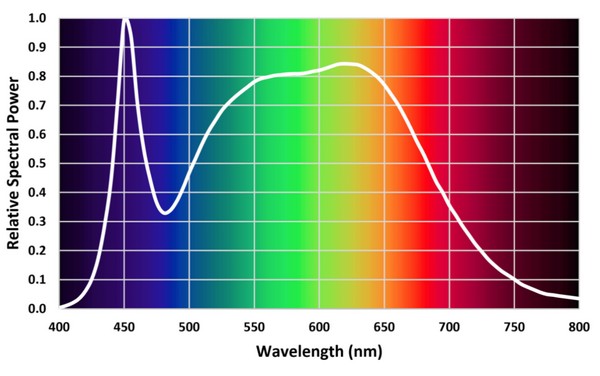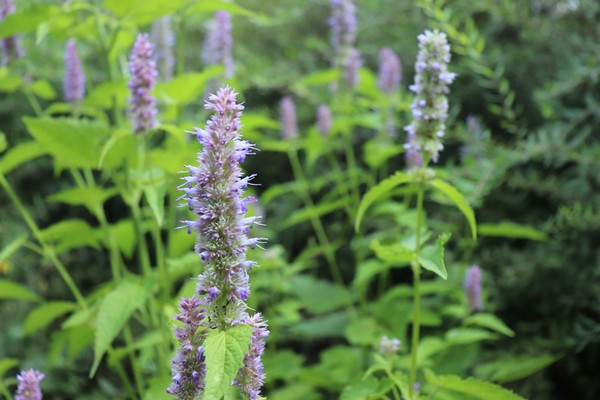There is a myriad of factors for growers to take onboard when building a greenhouse or grow area.
Firstly, there’s plant lifecycles and grow light positioning. Then, there’s heat and light spectrum, not to mention space and market. Little wonder taking on such a challenge can feel rather overwhelming, to start off with at least. Compounding the issue are the acronyms, and like many industries, agritech has its own jargon to decipher. These acronyms – PAR, PPF, PPFD – used alongside terms like watts, lumens, photon efficiency and LUX, are pivotal in helping you advance in your chosen field (for some, quite literally) in order to create the perfect grow space and yield.
However, like most things in life, understanding what they mean may seem initially daunting but can soon be mastered. Here, we give an overview as to what PAR, PPF and PPFD mean, and why they are important for you to know:
PAR (Photosynthetic Active Radiation)
PAR is a type of light that causes photosynthesis and happens when your plant consumes photons of light wavelengths that sit within the visible range of 400 and 700 nanometers.
Originally defined by research undertaken by Dr. Keith McCree in the early 1970s, PAR doesn’t measure light but is a term that can help the grower determine the type and volume of light required for optimal plant yield and health. Leveraged by grow light systems to mimic natural light, PAR light can be optimized with other light solutions to alter light density, usage, and measurements.
What does this mean for the grower?
PAR is a term that should be used to help fully realize optimal lighting layout and usage.
Some of the important basic factors to understand before purchasing grow lights or signing anything are knowing how much PAR they produce, how much energy they use to produce their PAR, and how much PAR is available for the plants.
PPF (Photosynthetic Photon Flux)
PPF is the term used to define the measurement of PAR and is the second essential ingredient in your recipe to the perfect lighting for your grow space. Its value determines how much PAR is being produced by anyone lighting system over the period of a second. PFF will help you ascertain exactly how much of the light your grow lighting system is producing can be used by your plants for photosynthesis.
What does this mean for the grower?
Understanding the process is half the battle of grasping what PPF is – it also calls for a little bit of mathematical skill. You can rely on PPF measurement tools available on the market to assist, or you may choose to work with a trusted partner who can help you create a lighting system that meets your exact requirement in delivering the right PAR and PPF for you. PPF is simply micromoles per second (µMol/S) – one micromole is around 602 quadrillion photons.
PPFD (Photosynthetic Photon Flux Density)
The third part of the PAR jigsaw is PPFD. It is measured in micromoles per square meter per second (µMol/m2/S) and goes beyond just measuring the PPF, it also establishes the density of photons falling on a particular surface. PPFD is all about how many of those essential, photosynthetic photons are actually impacting the grow area and how well those lights are working when it comes to their output.
What does this mean for the grower?
It’s important to ensure that the PPFD data you get from your grow light manufacturer is accurate and covers the entire area of the light. It’s relatively easy to massage this information, so consider factors such as distance from the light source, a number of measurements that account for the average, and the minimum/maximum ratio before you buy. Again, it is worth considering working with a reliable grow light expert who can offer you relevant metrics and the right tools to fully benefit from PAR, PPF, and PPFD.
For more information:
Light Science Tech
info@lightsciencetech.com
www.lightsciencetech.com












